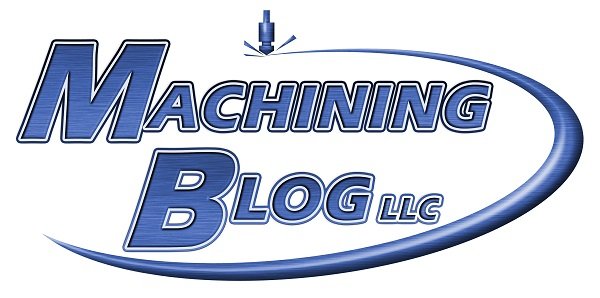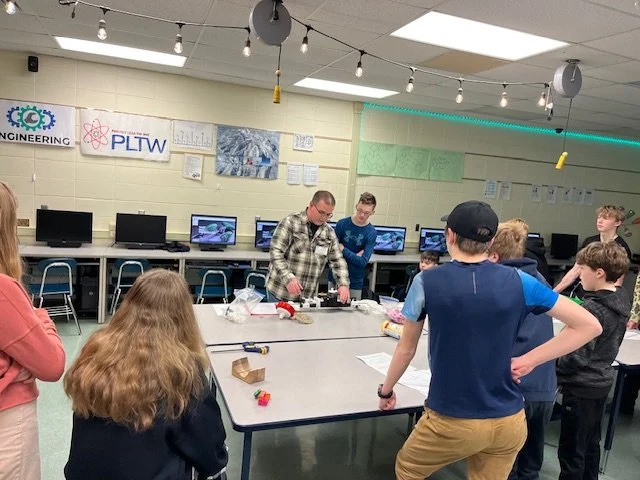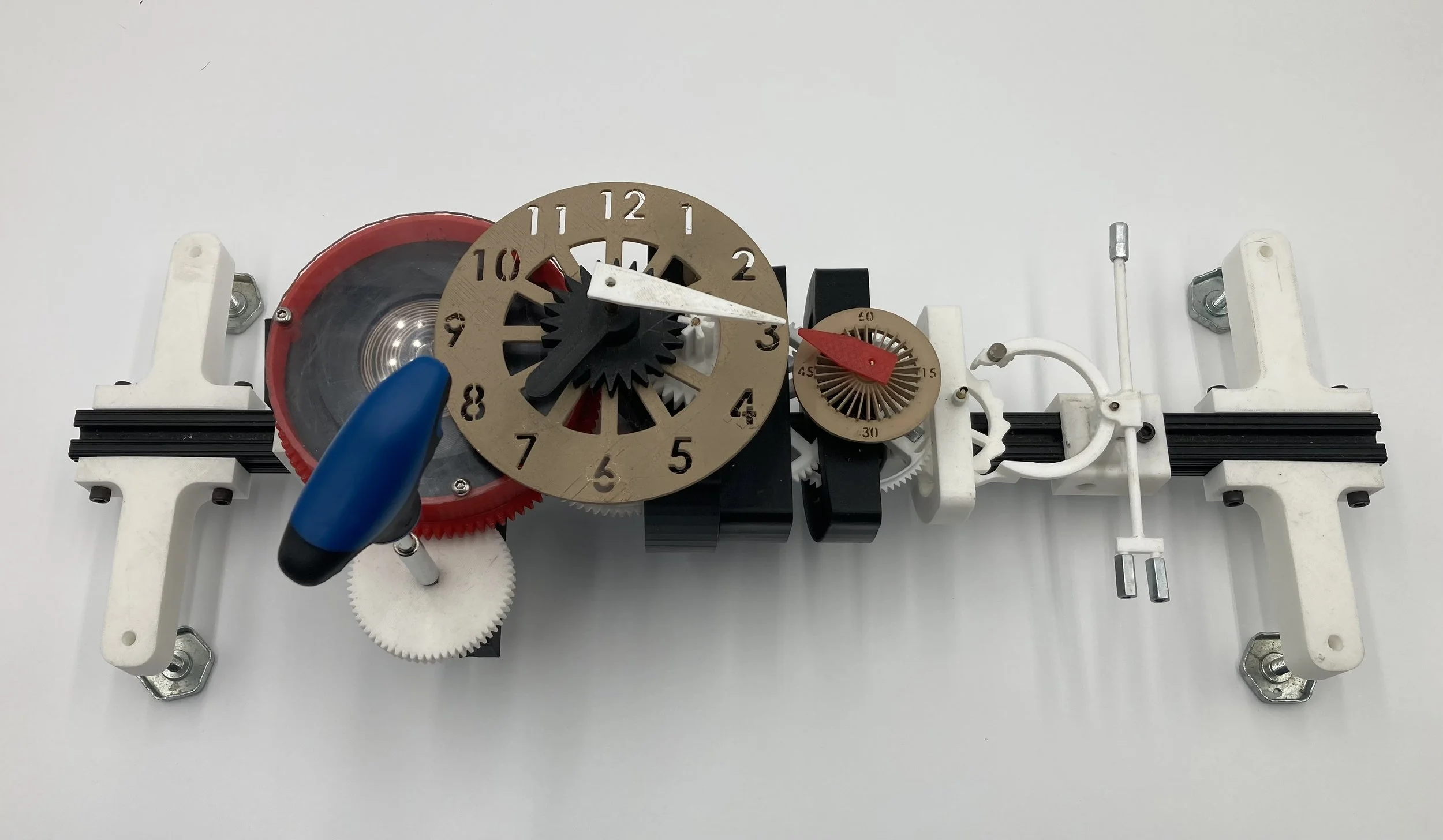Knowing what features to inspect on machined parts, being aware of machining conditions, and what items and details to deburr can make all the difference in the success of the manufacturing project. By mastering these three items, it will set you apart as a great machinist. Let’s review in detail.
Machining.Blog® is a weekly blog focused on manufacturing career development. It features blog articles on the fundamentals of manufacturing for aspiring machinists. Our goal is to create an interest in manufacturing in the USA. Our writer Matthew Schowalter has worked in manufacturing for 24 years, and he covers the topics that matter to someone starting their career in manufacturing.
“The soft skills the machinist uses are the unseen tools in their box and can directly impact the success or failure of a dreamed after machining career.”
















